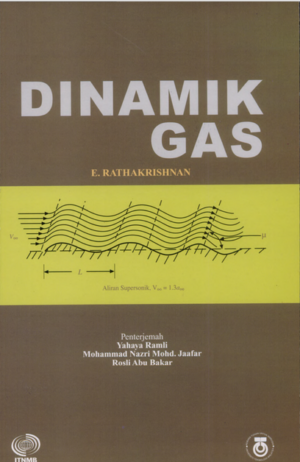Description
Telecommunication is information delivering process for long distances, beyond the distance that human voice can reach. History has proven that human originally channelled long distance information through various primitive methods by using smoke, sound, or letters as the medium. The era of modern telecommunications system, triggered by the creation of telephones has evolved to communicating via the Internet. This book explores the basic principles of telecommunication systems that include analogue, digital, and keying modulations. The basic concepts of analogue modulation include amplitude and angle modulation, signal analysis in time and frequency domain, generator and receiver circuit operations, and noise effects on modulation system. Discussion of digital modulation includes the conversion of analogue signal to digital signal techniques such as delta modulation and pulsation code modulation that involve sampling process, quantization, and line coding. Multiplexing methods and digital signal key modulation methods are also included to complete the basic knowledge of telecommunication engineering. Readers will find examples and exercises at the end of each chapter to strengthen their understanding of the materials covered in the book.





